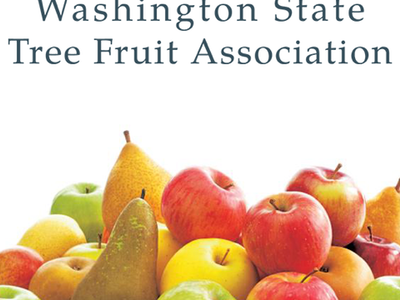More deer management
The P wordMany hunters point to predators as the biggest factor in deer and elk mortality, and in some cases, they’re correct. But on average across the state, predators are less of a factor than some might imagine for the simple reason there aren’t that many predators compared to deer and elk populations, and that’s by design.
Fish and Game offers generous hunting opportunities, and in some cases trapping, for Idaho’s major predators except grizzly bears, which are federally protected.
That doesn’t mean predators are not a factor in deer and elk management. Predation is often seasonal and situational and can have a big influence on local deer and elk herds.
A few examples include black bears that can be very effective at finding newborn elk calves and whitetail fawns in the spring, but rarely prey on adults or even older calves and fawns any other time of year. Coyotes can be significant predators of newborn and wintering mule deer fawns, preying on them before they grow big enough to avoid them, or when fawns are weakened by winter.
Mountain lions are an effective year-round predator on deer and elk. Even though lions are typically at low population densities, they are widespread throughout the state and can have an effect on local herds.
Wolves can also affect elk herds, particularly when packs are large and in areas with deep snow because elk have a harder time eluding them. Big snow years can make that situation worse.
In areas where there are multiple species of predators that each take a portion of the young and adult population throughout the year, the cumulative effect can depress local deer or elk herds, or prevent it from bouncing back when other factors, such as improved habitat and adult reproduction, would normally help the herd grow.
Dead is dead, but mortality differs
Wildlife managers know there are basically two “stages” of mortality: compensatory and additive, and it’s worth knowing the difference when understanding how it applies wildlife management.
If we start with concept that the annual births in a population add to the population. As animals young and old die throughout the year, if that number of deaths stays below the annual births then that is considered “compensatory mortality.” The new animals being born annually “compensate” for those that die and still allow for herd to remain stable or potentially grow.
If the deaths in the population exceed the births, that mortality is considered “additive”. Meaning the mortality is beyond the births is “additive” and thus reducing the population. Compensatory and additive are both general terms applied to a broader population, not individual animals.














